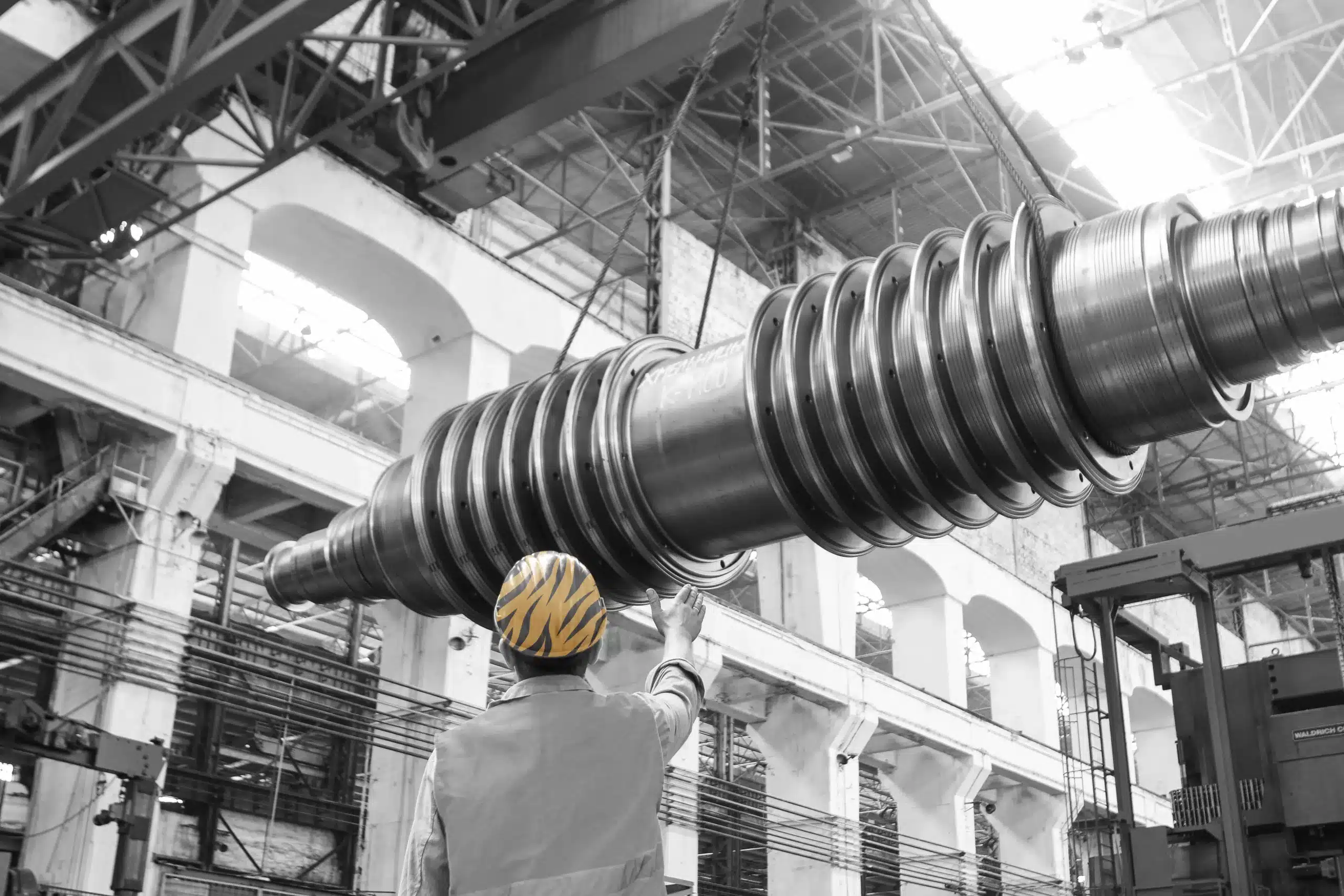What is Manufacturing?
The manufacturing industry involves converting raw materials into finished goods through various production methods, encompassing design, production, and distribution across sectors like automotive, electronics, and textiles. Manufacturers employ machinery, skilled labor, and technology to drive economic growth, job creation, innovation, and trade. With advancements in automation and digital technologies, the industry has become more efficient and adaptable. However, it also faces challenges such as talent scarcity. This blog post provides an overview of manufacturing’s current state, including recent growth, talent scarcity, and future trends shaping its trajectory.
Growth in Manufacturing:
The manufacturing sector has experienced substantial growth, with production levels reaching new heights in recent years. This growth signifies the resilience and competitiveness of manufacturers, contributing to the overall economic health of the country. The expansion of manufacturing offers promising prospects for job creation and a stronger industrial base.
Talent Challenges:
While manufacturing is experiencing growth, it also faces a significant challenge in finding skilled workers. The resurgence of “Made in America” has led to an increased demand for manufacturing jobs, leaving many factories struggling to find qualified employees. The scarcity of skilled labor poses a potential threat to the sustainability of the industry’s growth and calls for initiatives to address the talent gap.
The Future of Manufacturing:
The future of manufacturing appears promising, driven by technological advancements and automation. Emerging technologies like robotics, artificial intelligence, and the Internet of Things (IoT) are transforming the manufacturing landscape. These innovations enhance productivity, improve efficiency, and foster innovation, paving the way for a brighter future for the industry.
Future Trends:
Several key trends are expected to shape the manufacturing sector in the coming years. These trends include the rise of smart factories, where interconnected systems optimize operations and enable real-time data analysis. Additionally, the integration of artificial intelligence and machine learning will enhance decision-making processes and unlock new efficiencies. Embracing sustainable practices will also play a vital role, as manufacturers increasingly focus on reducing their environmental footprint.
To conclude, manufacturing is experiencing notable growth and is poised for a prosperous future. However, the talent shortage poses a significant challenge to sustained expansion. To overcome this, efforts must be made to attract and develop a skilled workforce. Embracing technological advancements and staying ahead of future trends will be crucial for manufacturers to remain competitive and thrive in an ever-evolving industry. With the right strategies and investments, manufacturing can continue to be a driving force behind economic growth and innovation.

